Spice It Up: 10 Must-Know Indian Food Seasoning Secrets for Your Kitchen!
Welcome to a flavorful journey through the heart of Indian food seasoning! Whether you’re an amateur cook or a seasoned pro, this blog is your ticket to mastering one of the world’s most aromatic cuisines. We’ll explore essential spices, share practical tricks, and delve into the stories behind these fragrant treasures — all in a fun and easy-to-digest format.
Table of Contents
- Why Indian Spices Are So Special
- Top 10 Must-Have Indian Spices
- 5 Practical Tips for Using Indian Seasonings
- To Roast or Not to Roast? That Is the Question
- Popular Indian Spice Blends (Masalas) You Should Know
- How to Store Spices Like a Pro
- Final Thoughts
Why Indian Spices Are So Special
Let’s get real for a second — have you ever opened a jar of garam masala and just… inhaled it like it was perfume? There’s a reason why Indian cuisine has some of the most complex and aromatic flavor profiles on Earth. For centuries, India has been at the crossroads of trade, culture, and culinary innovation.
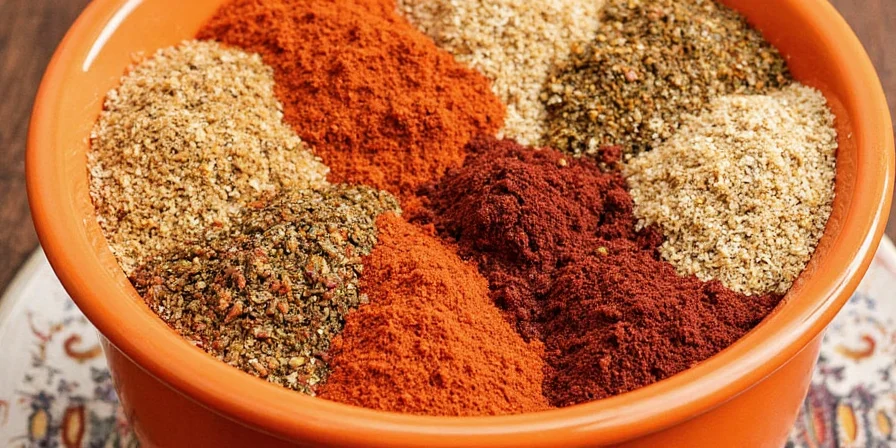
From turmeric’s earthy warmth to cumin’s nutty depth, each ingredient plays a role in creating layers of flavor that are hard to replicate elsewhere. But beyond taste, many Indian spices also carry medicinal properties rooted in Ayurveda, the ancient system of healing.
Top 10 Must-Have Indian Spices
Let’s break down the spice rack essentials every kitchen should have if you want to dabble in Indian cooking. Here's your quick reference table:
| Spice | Flavor Profile | Common Use | Best Pairings |
|---|---|---|---|
| Turmeric (Haldi) | Bitter, earthy | Curries, rice dishes | Lentils, coconut, chicken |
| Cumin (Jeera) | Nutty, warm | Tempering, spice blends | Pulses, veggies, meats |
| Coriander (Dhaniya) | Citrusy, floral | Chutneys, gravies | Tomatoes, potatoes, lamb |
| Mustard Seeds (Rai) | Peppery, sharp | Tempering in South Indian dishes | Leafy greens, pickles |
| Fenugreek (Methi) | Bitter, maple-like sweetness | Dry curries, breads | Okra, spinach, cheese |
| Cardamom (Elaichi) | Sweet, floral | Desserts, chai | Milk, tea, nuts |
| Cinnamon (Dalchini) | Woody, sweet | Biryani, stews | Goat, eggs, rice |
| Cloves (Laung) | Intense, numbing | Whole in slow-cooked dishes | Beef, lamb, biryani |
| Asafoetida (Hing) | Pungent, onion/garlic-like | Substitute in Jain dishes | Legumes, sabzis |
| Red Chili Powder (Lal Mirch) | Hot, smoky | Kormas, marinades | All meats, paneer |
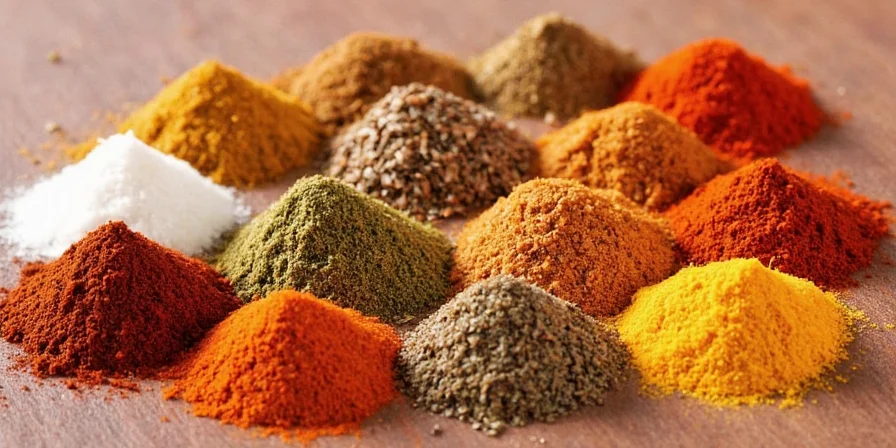
5 Practical Tips for Using Indian Seasonings Like a Boss
You don’t need a PhD in spiceology to master Indian flavors. A few smart moves can turn your home-cooked curry from “meh” to “marvelous.” Here’s how:
- Start small: Indian spices are potent. A pinch can go a long way. Trust us — you do not want to be the person who adds a whole tablespoon of chili powder without tasting first.
- To toast or not? Toasting whole spices before grinding enhances their aroma. Just don’t walk away — they burn faster than a grilled cheese left unattended.
- Layer the spices: In Indian cooking, timing is everything. Add turmeric early for color; sprinkle garam masala at the end for fragrance.
- Balance with acid: Too much spice? Add a splash of lemon juice or vinegar to brighten up the dish and cut through richness.
- Don’t forget salt: Salt helps draw out flavors. Taste as you go, especially after adding dried spices which often mask saltiness until later stages.
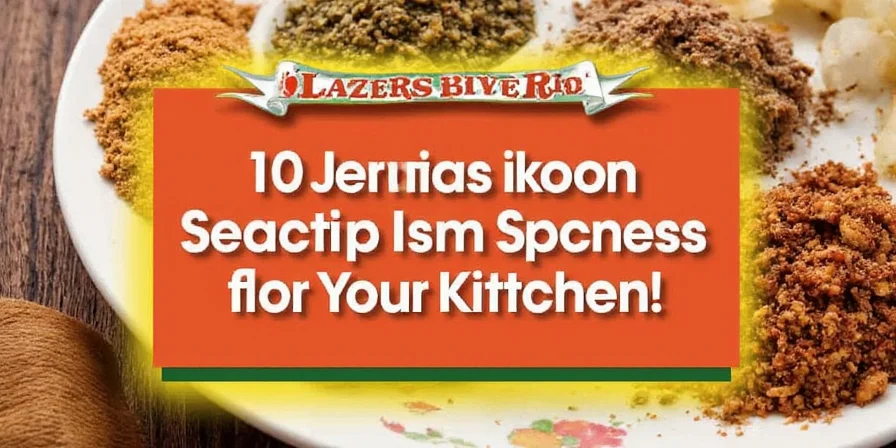
To Roast or Not to Roast? That Is the Question
This is the spice version of “to be or not to be.” Let’s settle this once and for all:
Roasting Whole Spices: Ideal for seeds like cumin, coriander, and mustard. Heat releases their essential oils, intensifying their flavor profile. Do it dry in a pan over medium heat for about 1–2 minutes until fragrant. Cool completely before grinding.
Raw vs. Roasted: Some spices, like cardamom and cloves, can be used raw. Others, like fennel and fenugreek, gain more depth when roasted. The rule of thumb? If it smells better toasted — toast it.
When to Skip It: Pre-ground spices or those added toward the end (like garam masala) usually don’t need roasting. Overdoing it can make them bitter or lose potency quickly.
Popular Indian Spice Blends (Masalas) You Should Know
India doesn’t just use single spices — we blend them into complex symphonies of flavor. Here’s a cheat sheet on must-know masalas:
| Blend | Key Ingredients | Region | Best Uses |
|---|---|---|---|
| Garam Masala | Cardamom, cinnamon, cloves, black pepper | Northern India | Finishers for curries, soups, meat dishes |
| Chaat Masala | Amchoor (dry mango), asafoetida, cumin, coriander | National favorite | Fruits, salads, street snacks |
| Kashmiri Garam Masala | More saffron, fewer peppery notes | Kashmir | Dum-style dishes, non-veg preparations |
| Sambar Powder | Coriander, red chilies, fenugreek, mustard | Southern India | Sambhar, rasam, lentil-based dishes |
| Kitchen King Masala | A fusion of regional spices | North India (commercial blend) | Pav bhaji, pulao, fried snacks |
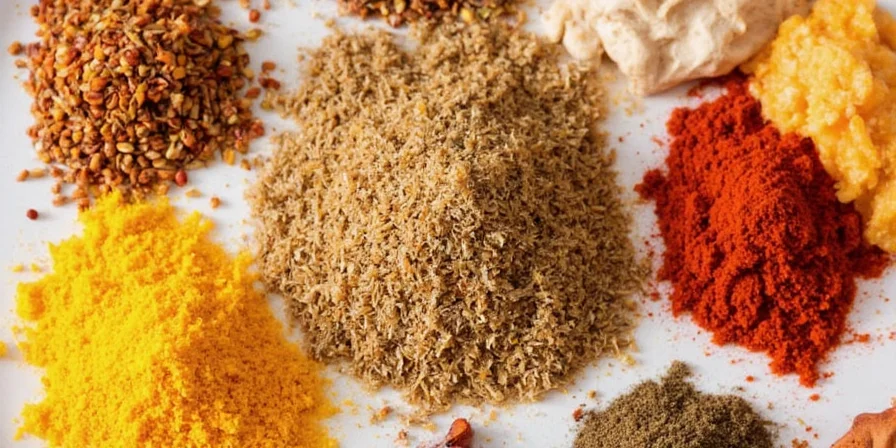
How to Store Spices Like a Pro
Want your spices to stay fresh longer? Spoiler: Storing them next to the stove isn’t doing them any favors.
The Golden Rule: Keep spices cool, dark, and dry. Heat, light, and moisture = flavor killers.
Storage Tips:
- Use airtight glass containers (amber or cobalt blue preferred to block UV light).
- Label and date each spice — yes, even the ones you bought yesterday. Time flies.
- Keep them away from the stove or oven. Spice longevity drops near heat sources.
- Buy in small quantities if you don’t cook often. Fresh is best.
- Freeze unused bulk spices (especially chilies and powders) to extend shelf life.
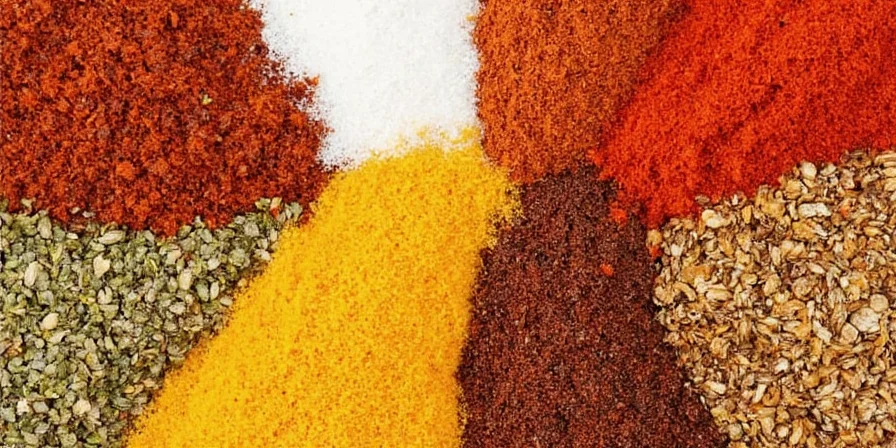
Final Thoughts
Mastering Indian food seasoning isn’t about memorizing every spice under the sun — it’s about understanding how to play with them like a true flavor alchemist. Whether you're making a creamy korma, a fiery vindaloo, or a simple dal tadka, the right spices used correctly can elevate your cooking from basic to brilliant.
So go ahead, embrace the chaos, and let your inner spice wizard shine. After all, the best part of Indian food isn’t just the taste — it’s the smell that hits you when you open the lid and realize you’ve just made magic happen in your own kitchen.
Now go forth and season with confidence — and maybe a fan nearby to keep up with the heat!

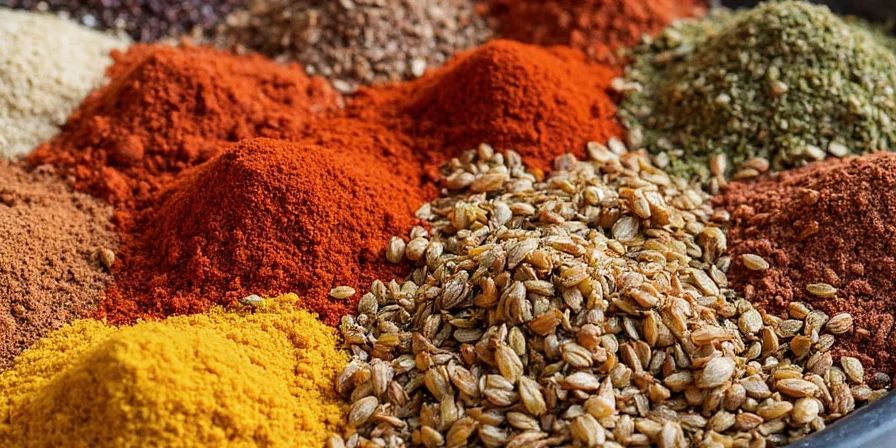









 浙公网安备
33010002000092号
浙公网安备
33010002000092号 浙B2-20120091-4
浙B2-20120091-4